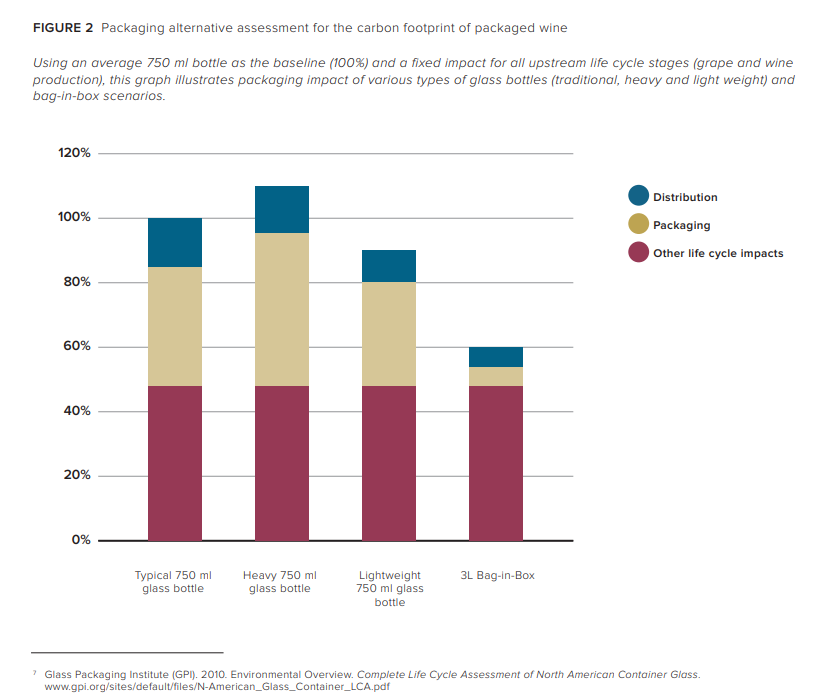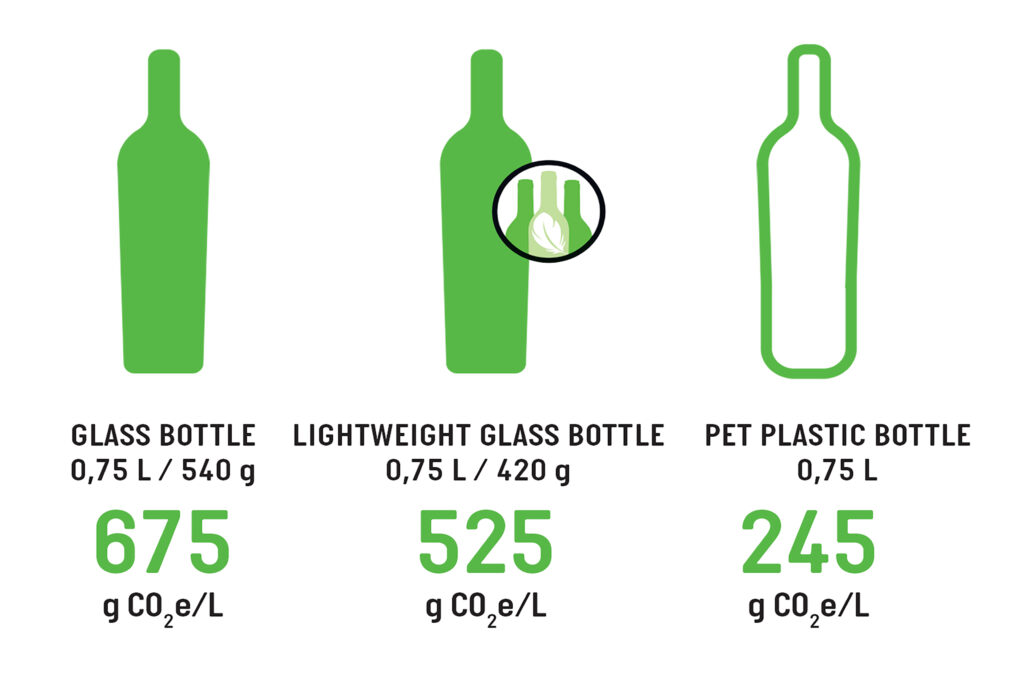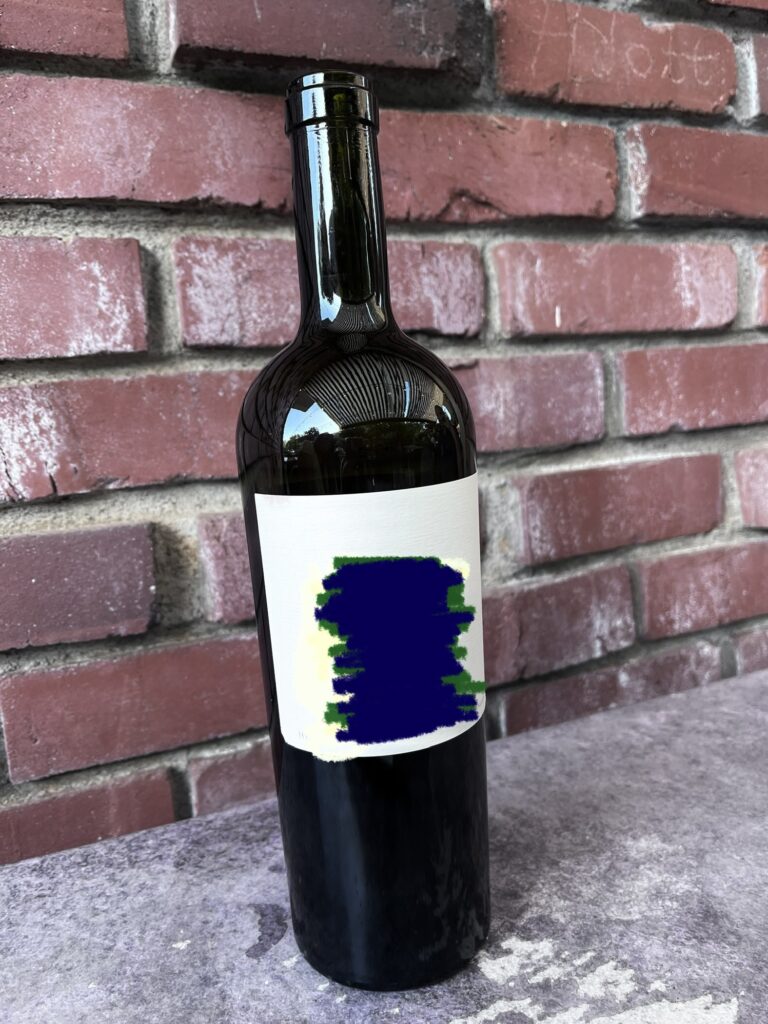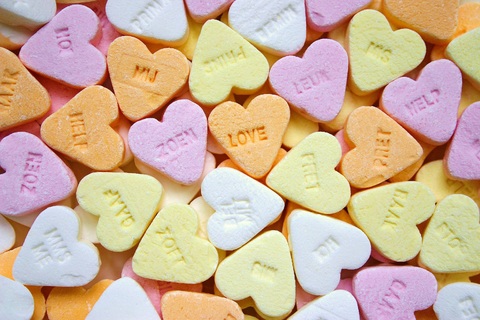Helen of Troy may have had “The face that launched a thousand ships,” but when I was out to dinner with my husband and we brought a bottle of wine, it was “The bottle that launched a thousand words.” Upon sitting at our table, we placed the bottle at the edge so that our waitress could open it for us. (thank you $15 corkage fee) As I put the bottle on the table, I made the snide remark that this winery obviously doesn’t believe in sustainability as it was probably one of the most heaviest bottles I had ever felt.
The waitress came over to the table and asked if we wanted her to open the bottle. We answered with a resounding “Yes.” She picked the bottle up and actually grunted. She then said, “This is one heavy bottle!” But worse… she continued… “This must be a great bottle of wine.”

If I had been doused with gamma rays earlier in my life, I would have shredded my clothing, turned green and screamed. But instead, I took the opportunity as a teaching moment and asked her why she made that deduction. She said, “Oh with a bottle this heavy, it must be a high quality wine, isn’t it?”
In a Decanter article dated March 17, 2014 Chris Hatcher, chief winemaker at Wolf Blass, stated ‘A premium wine needs a premium package, but with some of those types of bottle the wine doesn’t always live up to [the image],’ But he admits that ‘the extra cost of heavy bottles might be money better spent on the wine itself at some estates.’
Let’s Talk the Environment
The weight of an average wine bottle is about 500 grams. Keep in mind this can vary immensely. There are bottles that are between 300-900 grams, depending on the quality and thickness of the glass. The standard champagne bottle used to weigh 900 g, but recently some producers have reduced this to 835 g and some even into the 700s.
Sustainable Wine Growing estimates that almost half of the wine bottle’s carbon footprint comes from the production and mishandling of packaging – and 85% of that packaging is glass.
Impacts from packaging are due to the energy requirements of producing the requisite materials, such as the glass bottle and corrugated box. However, the closure had a relatively small impact on the overall wine life cycle with impacts ranging from 1–3%. Packaging has a significant contribution to the overall California wine footprint and packaging design decisions have the ability to significantly reduce a winery’s footprint (refer to Figure 2). For example, light weighting (also called dematerialization) of glass bottles will lead to significant reductions in environmental burden.

According to wrap.org, a 20% reduction in a wine bottle’s weight would save 100g of CO2 emissions per bottle from packaging production and transportation. A 40% weight reduction would save 234g of CO2. In 2018, Gaia Consulting calculated the CO2 footprints of the different types of wine packaging. The article demonstrated that a lightweight glass bottle (less than 420 grams) yields 525 g CO2e/l, while a traditional glass bottle (about 540 grams) equated to 675 g CO2e/l. The research clearly stated that the greatest environmental impacts in the wine industry are caused by the manufacture of product packaging.

Where Did This Come From?
Why do consumers correlate these two completely non-related entities? Where did this concept come from? Why do people equate heavy bottles with quality? It isn’t the glass that makes a good wine, its the fruit that is inside that makes a great wine. Bottle weight, to me is equivalent to Napoleon complex. (I could have gone with a different way some men feel they need to compensate, but kept this G rated) What are your thoughts?


~Slàinte!
I invite you to follow me on Instagram, Twitter, Facebook and Youtube for all things wine. I’ll never tell you what to drink, but I’ll always share what’s in my glass.
Please support our sponsor: Use code EXPLORE to receive 10% off your order
We’ve stacked the odds so that you can get our award winning wines without breaking the bank. Click the image to find out all of the benefits of joining the CHALK CLUB including discounted shipping and up to 25% off all purchases. .






